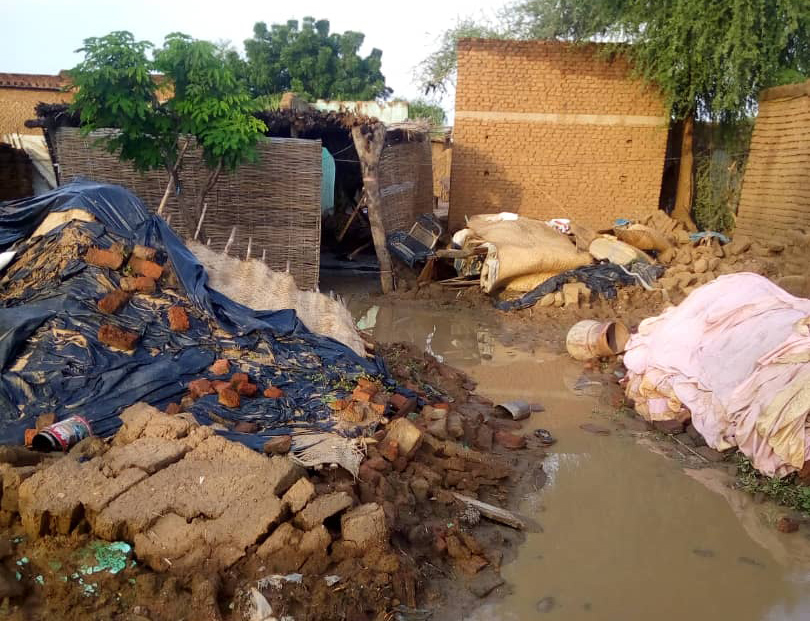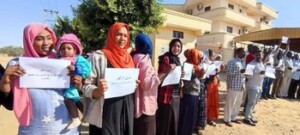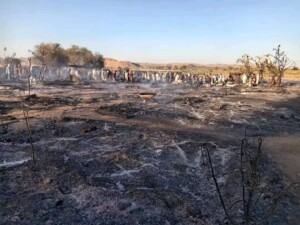Heavy rain: Sudan public urged to seek high ground

Sudan’s annual rainy season routinely leaves swaths of flood damage. The resulting standing water is a breeding ground for mosquitoes that carry dengue fever and malaria (File photo: RD)
The public in large swaths of Sudan have been cautioned to avoid low-lying areas, rivers and creeks, as heavy rains are forecast over the coming week, with warnings of potentially life-threatening flash floods, infrastructure, and property damage. Kassala, El Gedaref, and Red Sea states, are expected to be the most heavily effected, with El Gezira, Khartoum, southern and central White Nile state, southern areas of Northern and River Nile states, Kordofan, and West Darfur as part of the affected areas.
The Early Warning Unit of the Sudan Meteorological Authority has issued a warning of very heavy rainfall for the first week of August, based on forecasts from the Intergovernmental Authority on Development (IGAD) Climate Prediction and Applications Centre (ICPAC), based in Juba, the capital of South Sudan.
Forecasts indicate very heavy rains accompanied by flash floods and rising water levels in rivers, creeks, and valleys, which will lead to widespread flooding that may cause extensive damage to property, road closures and threaten the lives of residents in the threatened areas.
The Early Warning Unit identified Kassala, El Gedaref and southern Red Sea states in particular as part of the areas that will be affected. It also identified El Gezira, Khartoum state, southern and central White Nile state and southern areas of Northern State and River Nile state as part of the affected areas. The Early Warning Unit also expected that the northern, central and western areas of North Kordofan would be affected, in addition to the northern areas of West Darfur.
The General Meteorology Authority pointed out the dangers of the El Gash River flooding during the same period as a result of heavy rains in the Eritrean Plateau. It advised the authorities in the concerned states to raise the level of preparedness to face the catastrophic effects of heavy rains and called on the public to stay away from low-lying areas, valleys, and creeks and avoid crossing them, and to follow weather bulletins and adhere to the instructions of the Civil Defence and local authorities.
In Sudan, most rainfall occurs during the rainy season from March to October, with greatest concentration between June and September.











 and then
and then